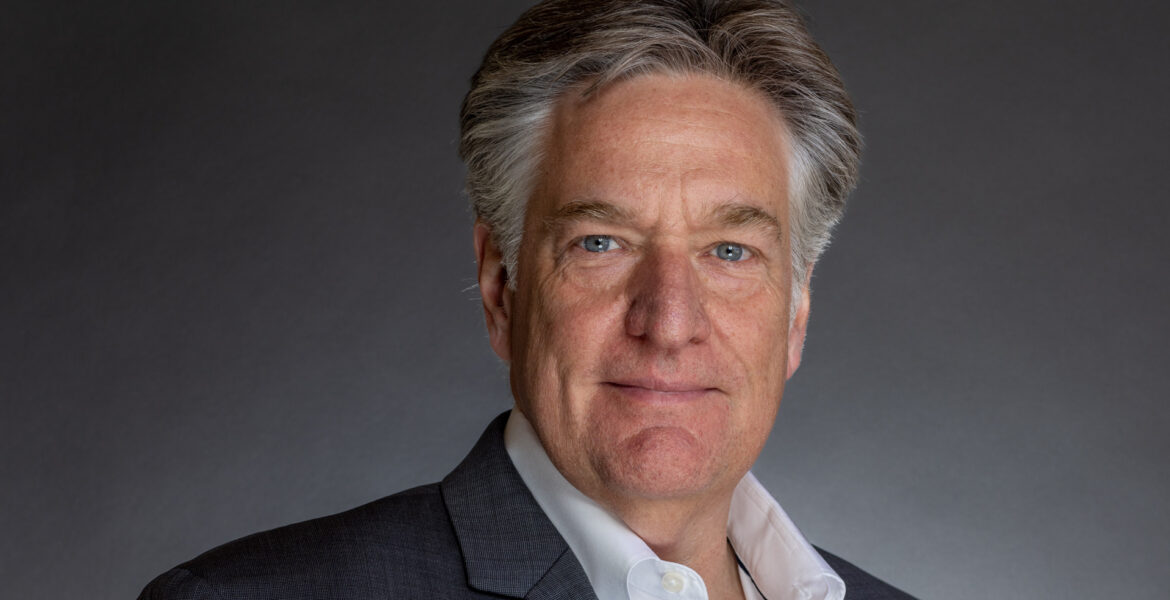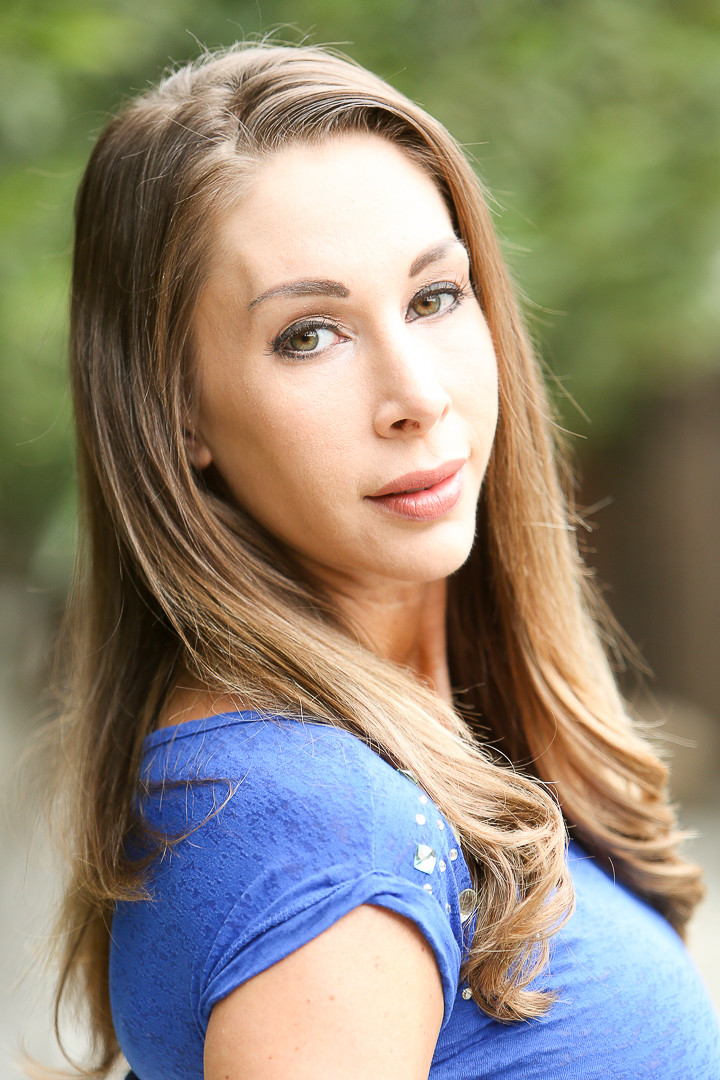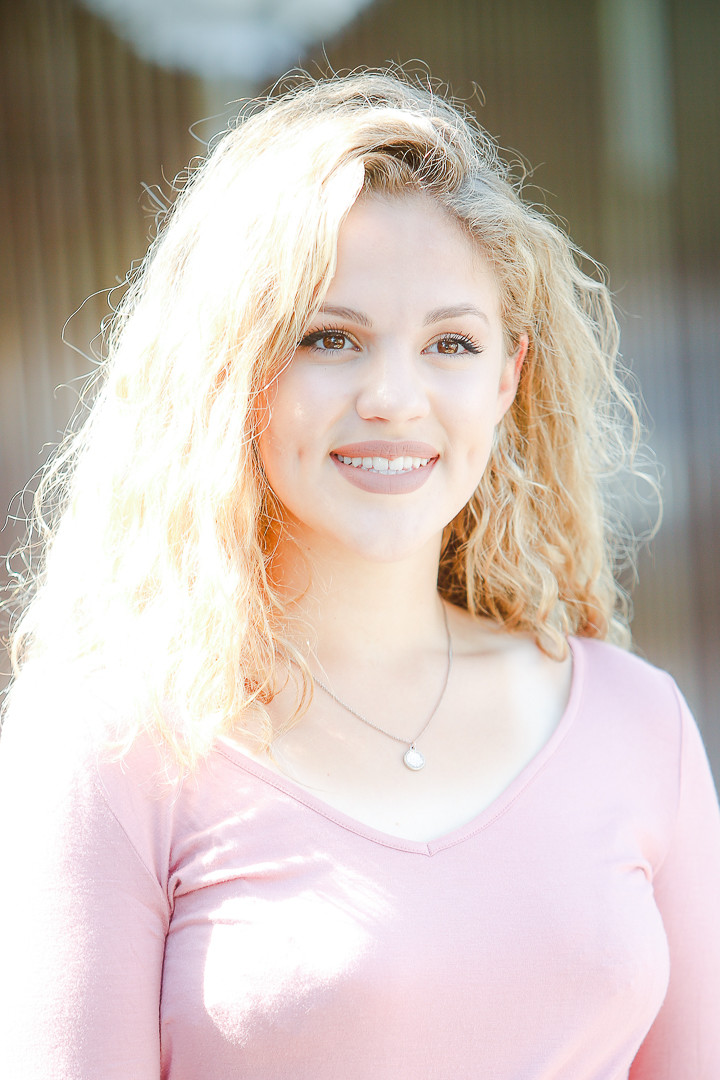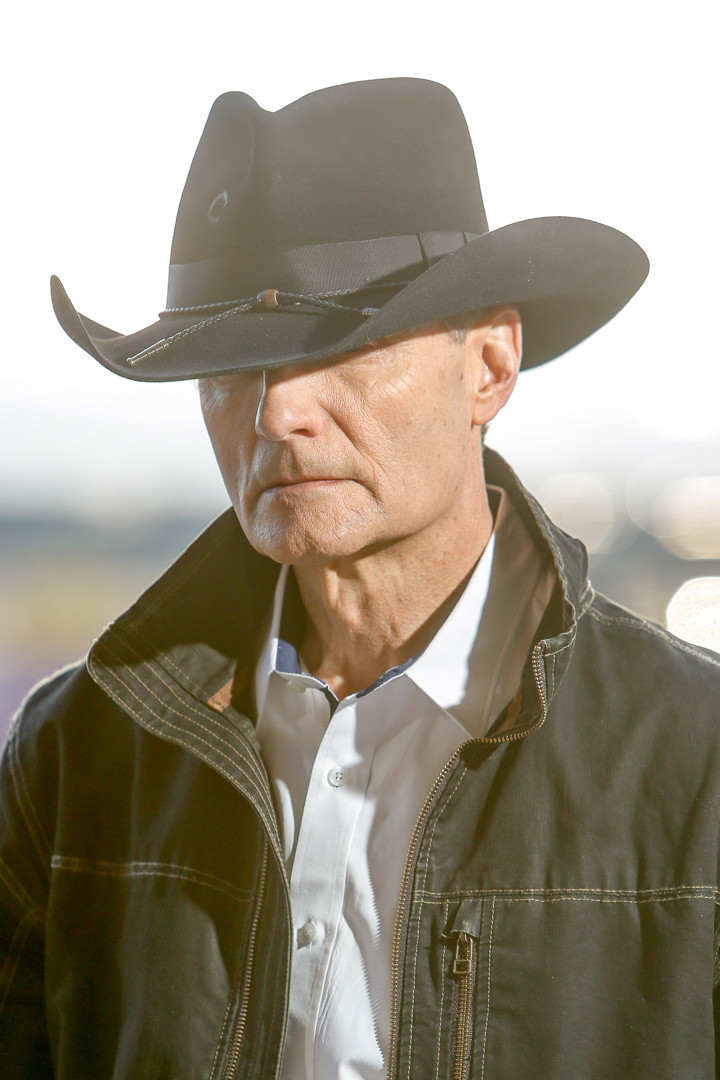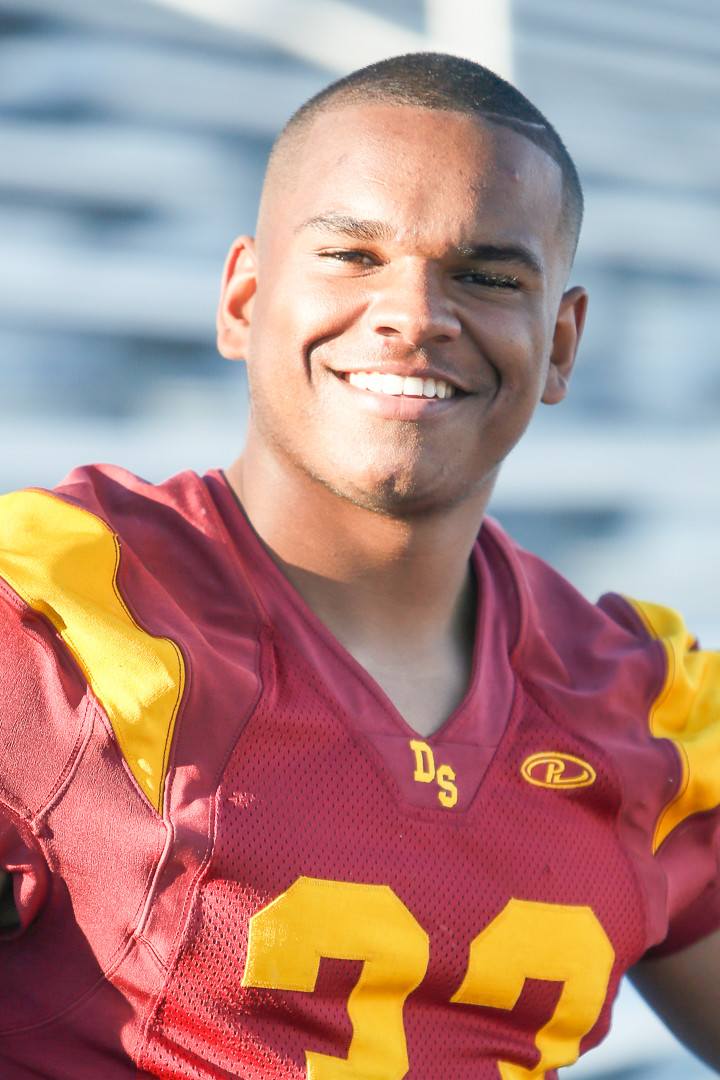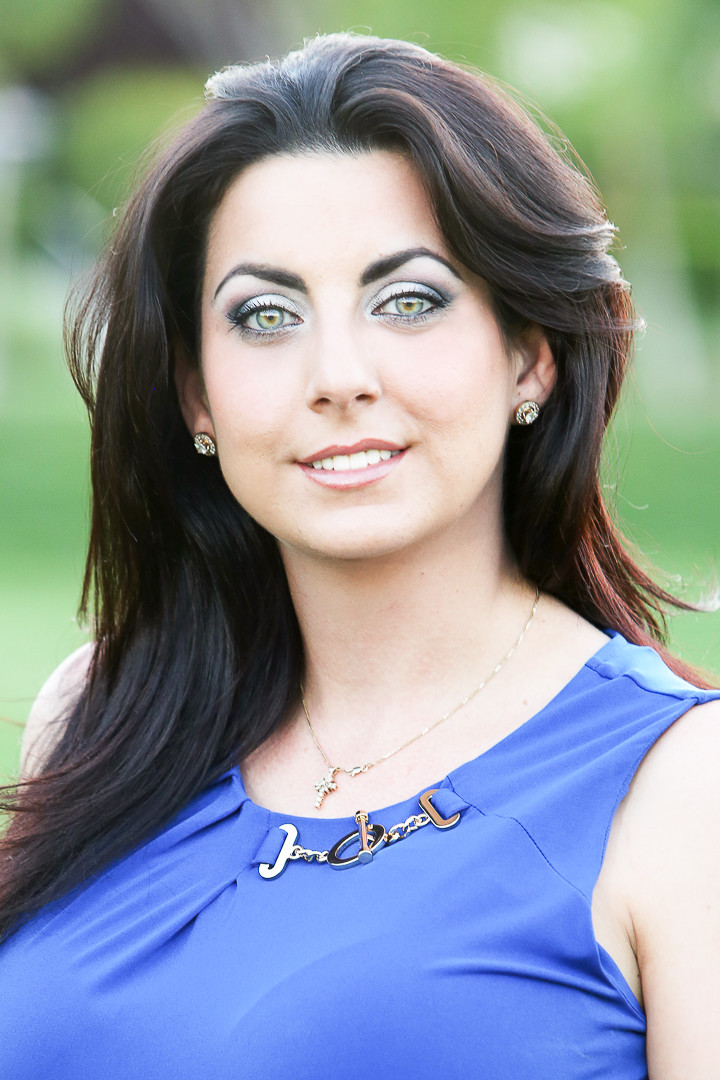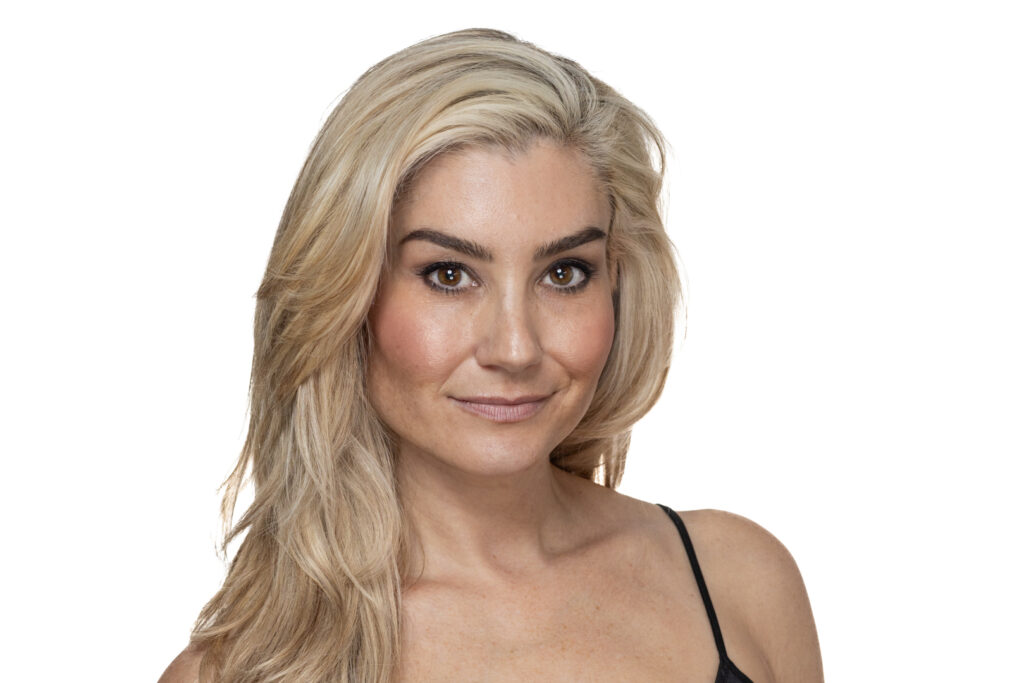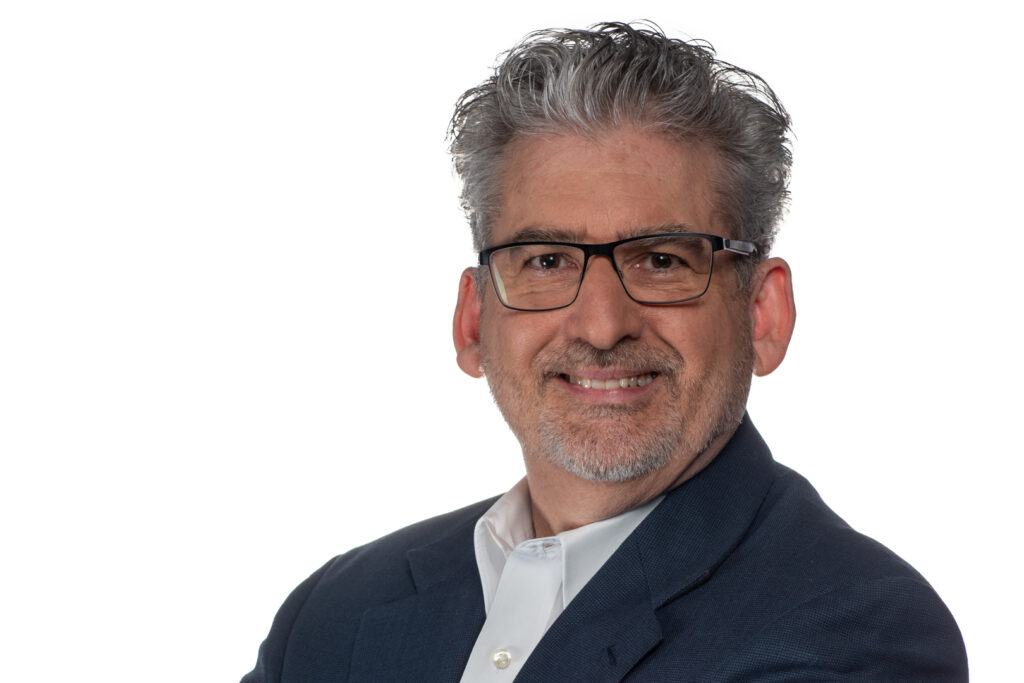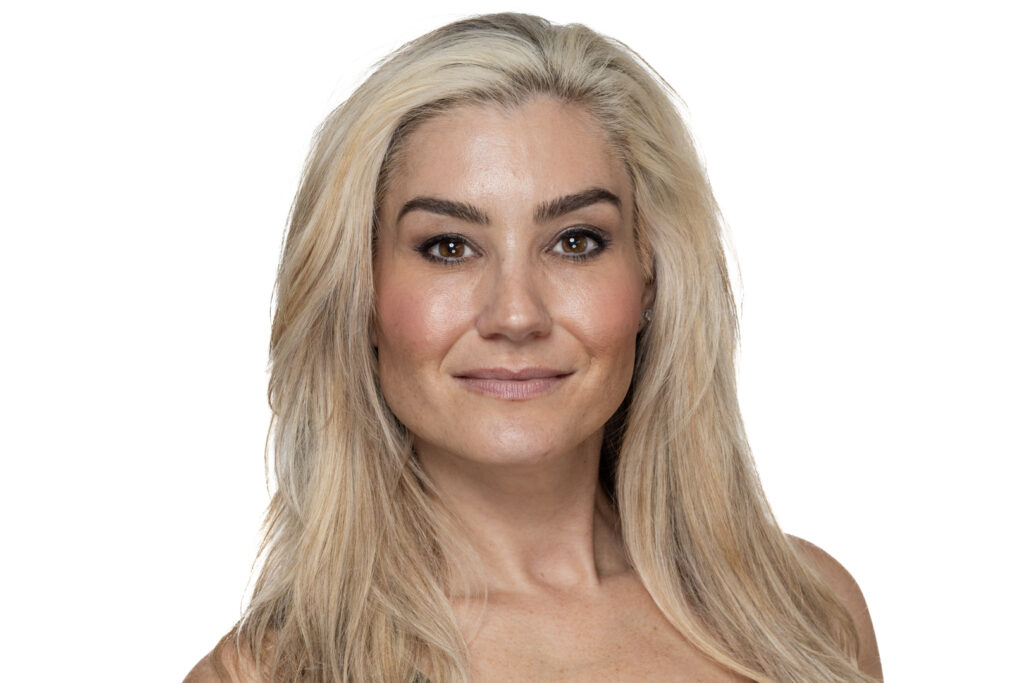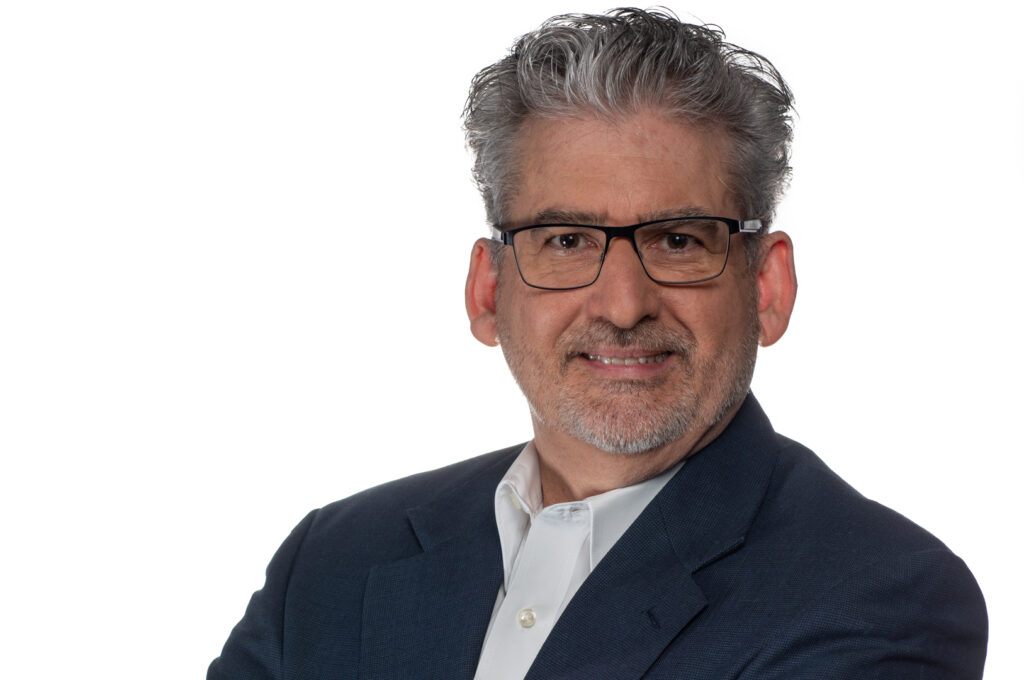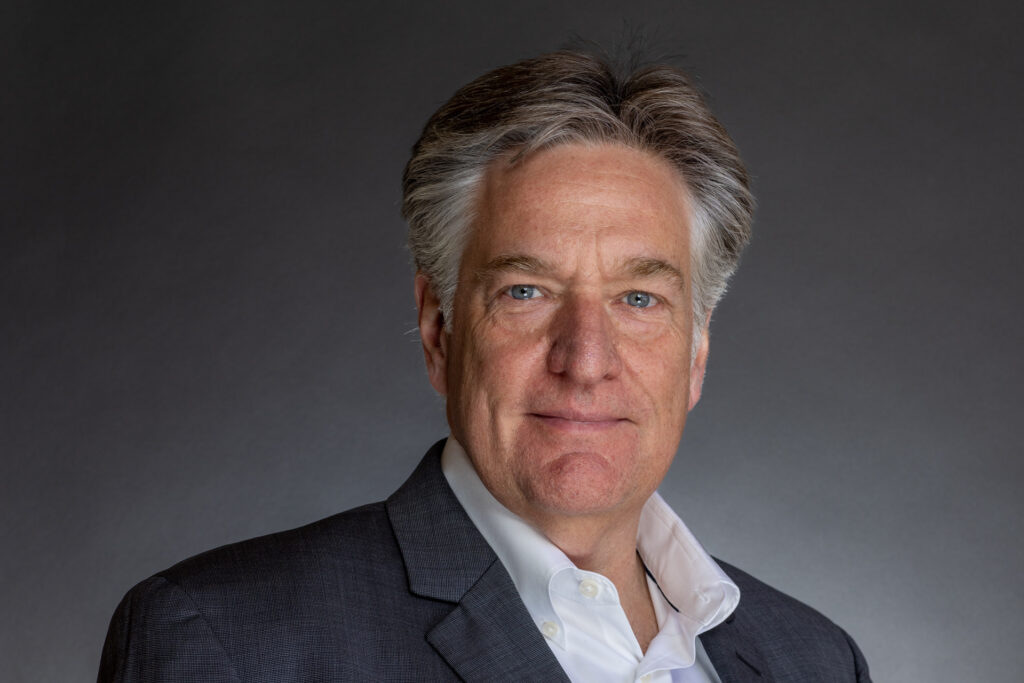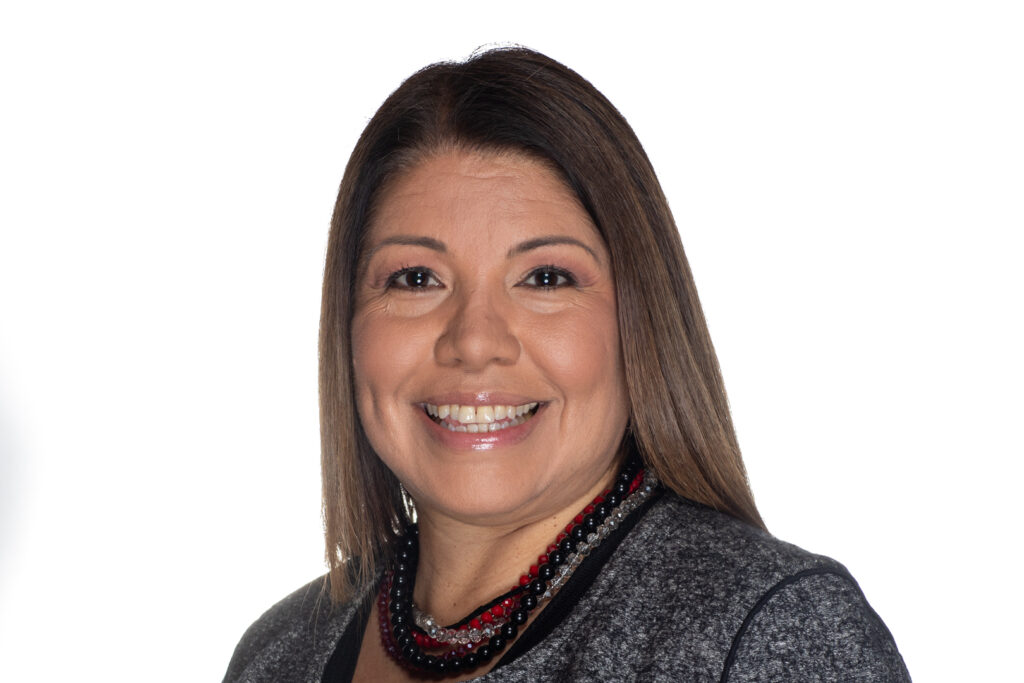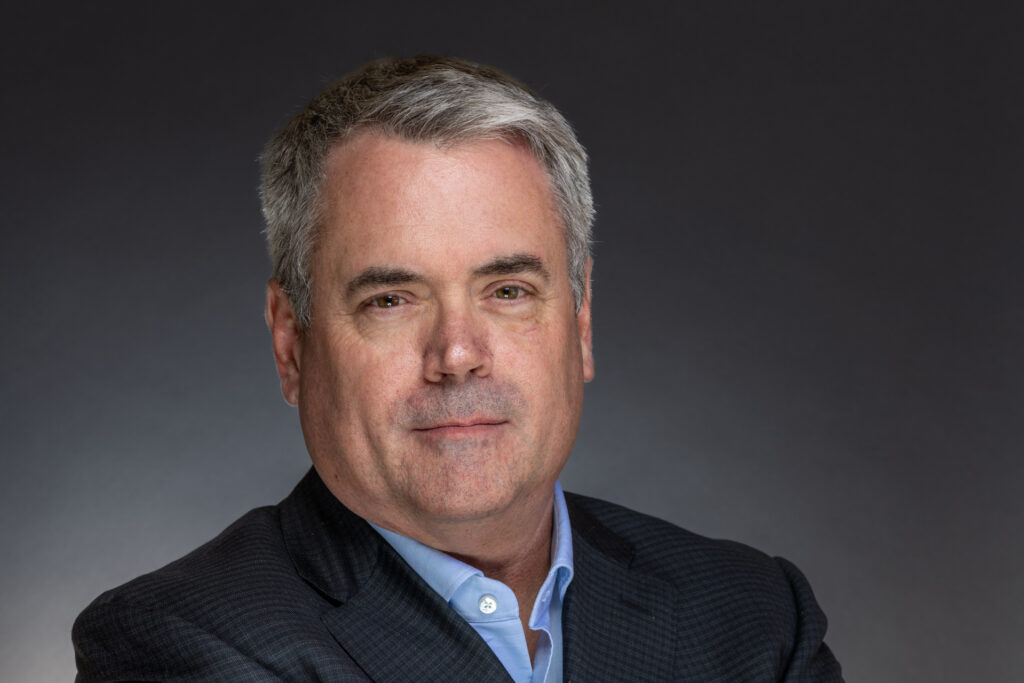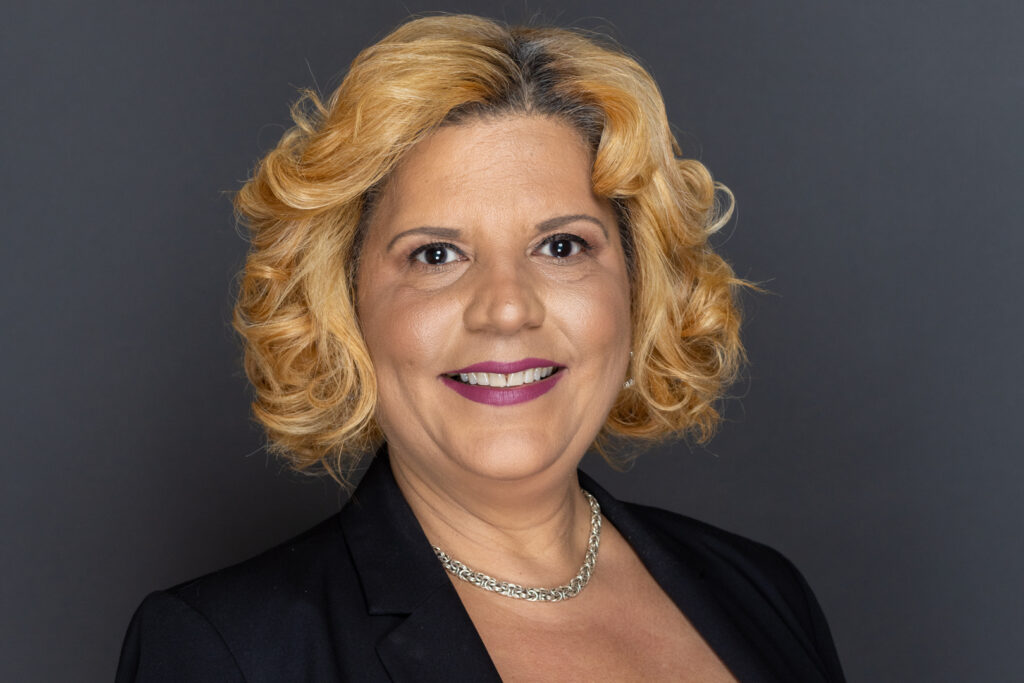HEADSHOT PHOTOGRAPHER COMPOSITION
Headshot Photographer Composition
The importance of headshot photographs has been stated several times. It is a very important part of the makeup of entrepreneurs’ presentations in both social media and their different ventures. For those who are job seekers, their headshots could determine if they would get a job or not.
Having a great headshot can be achieved by having it done by a professional like the Las Vegas Headshot Photographer who knows the best poses and knows how to bring out a person’s features and positively make them.
To achieve a great headshot, there is a need to know the composition of a headshot photograph. The Las Vegas Headshot Photographer knows this. One of the important things to note is the equipment used to capture the headshot.
Smartphone cameras cannot measure up to a real camera, which is why professional headshots are always better than selfies. To photograph headshots, it is advisable to avoid the usage of a lens that has wide angles to prevent the subject from looking unreal with a lot of imperfections. Instead, a large aperture lens is better.
COMPOSITION
1. UNIQUENESS: It is absolutely important that a headshot accurately portrays who you are no matter your job description. Using photos that look nothing like you is very suspicious, and catfishing potential business is unethical.
Therefore, your headshot photos must be unique which means it must be you and not someone else. The Las Vegas Headshot Photographer can take a very unique headshot photo of you.
2. FACIAL EXPRESSION: There are many types of facial expressions which are cognitive evaluations of the surroundings, events, stimuli, and just about anything that occurs as a result of what people feel, see, smell, and hear. They can be joy, surprise, fear, anger, sadness, and so on.
Of course, it is unwise for a job seeker to frown hard or to look sad in a headshot photo. You have to evoke confidence and that confidence must be reflected in the headshot photo.
The subject can choose to smile but must try not to look too serious. It is easy for a photograph to show the all-work-and-no-play-makes-Jack-a-dull-boy feature in the face of the subject. The eyes’ direction is very important in this case.
The Las Vegas Headshot Photographer considers all these when taking headshots and that is why the photographer is the best in the job.
3. BACKGROUND: Backgrounds add context to every picture. A neutral background is advisable when taking a headshot photograph. Although white and black backgrounds are great, other colors can also be used especially if the colors go with the colors of your website or business cards. The background used would be the type that would showcase the Headshot in great and clear detail. Consult the Las Vegas Headshot Photographer for advice on the best headshot photos.
4. SIMPLE: It is always advisable to make a picture look as simple as possible. The more complicated a headshot photograph is, the more it will detract from the most important part which is your face. As a result, it is better to use the KISS rule which stands for Keep It Simple Stupid.
This is a rule that the Las Vegas Headshot Photographer has been using for a long time. This is because simplicity always brings out the best in anything.
Attention to detail and proper composition are essential when it comes to headshot photography. A well-composed headshot can make a significant impact, capturing the essence and personality of the subject. Whether you are a professional photographer or someone looking to improve their headshot game, understanding the fundamentals of composition can elevate your work to the next level. In this article, we will explore the importance of composition in headshot photography and share valuable tips to help you create visually stunning and impactful portraits.
The importance of a professional headshot
In today’s digital age, where first impressions are often made online, having a professional headshot is more important than ever. Whether it’s for a LinkedIn profile, a website, or even a dating app, a well-crafted headshot can make a lasting impression and set you apart from the crowd. It conveys professionalism, confidence, and approachability, making it a powerful tool for personal branding and marketing.
A professional headshot not only showcases your physical appearance but also tells a story about who you are. It should capture your personality, evoke emotions, and create a connection with the viewer. This is where composition comes into play. By understanding and applying the principles of composition, you can create headshots that are visually appealing, engaging, and effective in conveying your desired message.
Understanding headshot composition
Composition refers to how elements are arranged within an image. It involves making deliberate choices about what to include, how to frame the shot, and how to position the subject. When it comes to headshot photography, composition is key to creating a visually pleasing and impactful image.
One of the fundamental principles of composition is the rule of thirds. Imagine dividing your frame into a grid of nine equal sections, with two horizontal lines and two vertical lines intersecting. The rule of thirds suggests that placing key elements along these lines or their intersections creates a more balanced and visually interesting composition. For headshots, you can apply this rule by positioning the subject’s eyes along one of the horizontal lines, creating a natural flow and drawing the viewer’s attention to the most important part of the image.
Another important aspect of composition is the use of leading lines. Leading lines are lines within the image that guide the viewer’s eyes towards the subject or other important elements. They can be actual lines, such as a road or a fence, or implied lines, such as the direction in which the subject is looking or pointing. By incorporating leading lines in your headshots, you can create a sense of depth, movement, and visual interest.
Negative space is also an effective compositional element in headshot photography. Negative space refers to the empty or unoccupied areas in an image. By intentionally leaving space around the subject, you can create a sense of balance, simplicity, and focus. Negative space can also be used to convey certain emotions or messages. For example, a headshot with a large amount of negative space can evoke a sense of solitude or contemplation, while a tight crop can create a sense of intensity or closeness.
Rule of thirds in headshot photography
The rule of thirds is a fundamental principle of composition that can greatly enhance the visual impact of your headshot photography. By dividing your frame into a grid of nine equal sections and positioning key elements along these lines or their intersections, you can create a more balanced and visually interesting composition.
When it comes to headshots, one of the most important elements to consider is the positioning of the subject’s eyes. Placing the eyes along one of the horizontal lines of the grid can create a natural flow and draw the viewer’s attention to the most important part of the image. Additionally, positioning other elements, such as the subject’s nose or mouth, along the other lines or intersections can further enhance the overall composition.
It’s important to note that the rule of thirds is not a strict guideline that must be followed in every situation. It is simply a tool to help you create more visually pleasing and engaging compositions. Experiment with different placements of key elements and see what works best for each individual headshot. Sometimes breaking the rule of thirds can result in a more unique and impactful image.
Framing and posing techniques for headshots
Framing and posing are essential techniques in headshot photography that can significantly impact the overall composition and visual appeal of an image. Proper framing helps to draw attention to the subject and create a sense of balance while posing can convey specific emotions and messages.
When framing a headshot, it’s important to consider the placement of the subject within the frame. Avoid placing the subject too close to the edge of the frame, as this can create a cramped and unbalanced composition. Instead, leave some space around the subject to create a sense of depth and allow the viewer’s eyes to navigate the image smoothly.
In terms of posing, it’s essential to communicate with your subject and make them feel comfortable. Encourage natural and relaxed expressions, as these tend to result in more authentic and engaging headshots. Experiment with different poses and angles to find the most flattering and visually interesting compositions. Pay attention to the placement of hands, the tilt of the head, and the overall body language of the subject.
Remember, the goal is to capture the essence and personality of the subject, so don’t be afraid to get creative and try new things. Every individual is unique, and their headshots should reflect that uniqueness in their composition and posing.
Lighting for headshot photography
Lighting is a crucial aspect of headshot photography that can greatly impact the overall composition and mood of an image. It helps to define the subject’s features, highlight their best attributes, and create a sense of depth and dimension.
When it comes to lighting for headshots, there are several key considerations. First, the quality of light is important. Soft, diffused light tends to be more flattering and creates a smoother and more even complexion. Harsh, direct light can create unflattering shadows and highlights, so it’s important to diffuse or modify the light source to achieve the desired effect.
Second, the direction of light can greatly impact the composition of a headshot. Frontal lighting, where the light source is positioned directly in front of the subject, can create a clean and evenly lit image. Side lighting, where the light source is positioned to the side of the subject, can create more dramatic and sculptural effects by emphasizing the contours and textures of the face. Experiment with different lighting setups to find the most flattering and visually interesting compositions for each headshot.
Lastly, the use of additional lighting equipment, such as reflectors or strobes, can further enhance the composition and lighting of a headshot. Reflectors can be used to bounce light back onto the subject, filling in shadows and creating a more balanced and pleasing composition. Strobes or off-camera flashes can be used to add additional light and create more creative and dynamic compositions.
Background choices for headshots
The choice of background can greatly impact the composition and visual appeal of a headshot. It sets the tone, creates a sense of context, and helps to draw attention to the subject. When selecting a background for a headshot, consider the following factors:
Colors: Choose a background color that complements the subject’s complexion and clothing. Avoid backgrounds that are too busy or distracting, as they can take away from the focus of the image. Neutral colors, such as gray or beige, often work well as they provide a clean and timeless look.
Texture: Consider the texture of the background and how it will interact with the subject. Textured backgrounds can add depth and visual interest to a headshot, but be mindful of any patterns or textures that may compete with or distract from the subject.
Depth of field: The choice of background can also influence the depth of field in a headshot. A shallow depth of field, where the subject is in focus and the background is blurred, can create a more intimate and visually pleasing composition. On the other hand, a deep depth of field, where both the subject and background are in focus, can provide more context and detail.
Context: Think about the purpose and message of the headshot. If it’s for a corporate setting, a clean and professional background may be more appropriate. If it’s for a creative industry, a more colorful or textured background can help convey a sense of personality and creativity.
Ultimately, the choice of background should complement the subject and help to create a visually appealing and impactful composition. Experiment with different backgrounds and see how they influence the overall look and feel of the headshot.
Clothing and styling tips for headshots
The clothing and styling choices of the subject can greatly impact the composition and visual appeal of a headshot. It helps to convey a specific message, create a sense of professionalism, and enhance the overall composition.
When it comes to clothing, simplicity is key. Avoid busy patterns, logos, or distracting accessories that can take away from the focus of the image. Opt for solid colors or subtle patterns that complement the subject’s complexion and the chosen background. Neutral colors, such as black, white, or gray, often work well as they provide a timeless and versatile look.
In terms of styling, pay attention to details such as grooming, hair, and makeup. These elements can greatly impact the overall composition and visual appeal of a headshot. Encourage the subject to wear clothing and style their hair and makeup in a way that reflects their brand and the intended message of the headshot. For example, if the subject is a lawyer or a corporate professional, a more polished and conservative look may be appropriate. If the subject is an artist or a creative professional, a more relaxed and expressive look may be desired.
Remember, the goal is to create a headshot that not only captures the subject’s physical appearance but also tells a story about who they are. Clothing and styling choices play a crucial role in achieving this goal and enhancing the overall composition.
Editing and retouching headshot photos
Editing and retouching are important steps in the headshot photography process that can greatly enhance the composition and visual appeal of an image. While it’s important to capture a well-composed and properly exposed image in-camera, editing can help to fine-tune the composition, correct any imperfections, and enhance the overall look and feel of a headshot.
When it comes to editing, it’s important to strike a balance between enhancing the image and maintaining its authenticity. Avoid over-editing or excessive retouching that can make the subject look unnatural or plastic. Instead, focus on subtle adjustments that enhance the overall composition and bring out the best in the subject.
Consider adjusting the exposure, contrast, and color balance to create a more visually balanced and pleasing composition. Experiment with cropping and straightening to fine-tune the framing and create a more visually interesting image. Pay attention to details such as skin retouching, removing blemishes or distractions, and enhancing the subject’s features.
Remember, the goal of editing and retouching is to enhance the composition and visual appeal of the headshot while maintaining the subject’s authenticity. Strive for a natural and polished look that reflects the subject’s true self.
Tips for capturing natural and authentic expressions
Capturing natural and authentic expressions is key to creating impactful and visually engaging headshots. It helps to convey the subject’s personality, evoke emotions, and create a connection with the viewer. Here are some tips to help you capture natural and authentic expressions:
Create a comfortable environment: Make the subject feel at ease and create a relaxed and friendly atmosphere. Engage in conversation, share a joke, or ask about their interests. This helps to create a natural and genuine expression.
Give clear directions: Provide clear and concise directions to the subject. Communicate what you’re looking for in terms of expression, body language, and eye contact. Encourage them to be themselves and express their true personality.
Use prompts and cues: Use prompts and cues to elicit specific emotions or expressions from the subject. For example, ask them to think of something that makes them happy, or to recall a funny or inspiring memory. This can help to evoke genuine and natural expressions.
Capture candid moments: Sometimes the best expressions happen when the subject is not aware they are being photographed. Keep shooting in between poses or when the subject is in a more relaxed state. These candid moments can result in genuine and authentic expressions.
Be patient and observant: Take the time to observe the subject and anticipate their reactions. Patience is key in capturing authentic expressions. Wait for the right moment, and be ready to capture it when it happens.
Remember, the goal is to capture the essence and personality of the subject. Encourage them to be themselves, and create an environment that allows for natural and authentic expressions to shine through.
The power of a well-composed headshot
In conclusion, proper composition is essential when it comes to headshot photography. Attention to detail and understanding the fundamentals of composition can elevate your work to the next level. From the rule of thirds and leading lines to framing, posing lighting, and background choices, every aspect of composition plays a crucial role in creating visually stunning and impactful headshots.
By mastering the techniques and principles of composition, you can create headshots that make a striking first impression, convey the desired message, and capture the essence and personality of the subject. Remember to also consider clothing and styling choices, as well as editing and retouching techniques, to enhance the overall composition and visual appeal of the headshot.
Whether you are a professional photographer or someone looking to improve your headshot game, investing time and effort into mastering composition will pay off in creating captivating and visually stunning portraits. So go ahead, take your headshot photography to new heights with the power of composition, and make a lasting impression with every shot.
Call or text 702-530-4384 to book your next Las Vegas photography session or email us at info@christianpurdie.com for more information.

